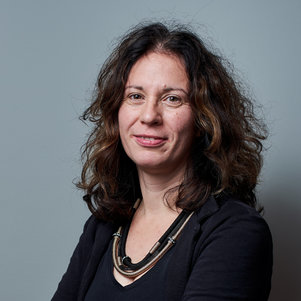Eva Kalmar
Collaboration Readiness Levels
As a biologist and a science communication professional, I am interested in the communication processes embedded in scientific or technology-related collaborations. Collaboration has become the most supported form of scientific research, funding agencies prefer transdisciplinary international collaborations. Today, scientific inquiry is almost unimaginable without research groups from different scientific domains working together due to the growth of knowledge, high specialization of scientific domains and quickly changing technology. The scientific problems to be solved are complex in nature as are the social aspects of these challenges.
Although the formation of transdisciplinary coalitions may sounds straightforward since we all tend to think that we know what collaboration is or means, the success of these alliances is not in all cases guaranteed as well as the deployment of science communication processes. I think, that next to the technology readiness levels, collaboration readiness levels of research teams, organizations or companies can be measured and needs to be used within innovation processes.
I am also interested in the ideas represented in the infrastructure school of Open Science movement, namely in the adoption and acceptance of Virtual Research Environments or Collaboratories. These are digital tools are aimed to change science practices, make research faster, more efficient and transparent, and speed up the shift between fundamental and applied science, altough seldomly used by scientist.

